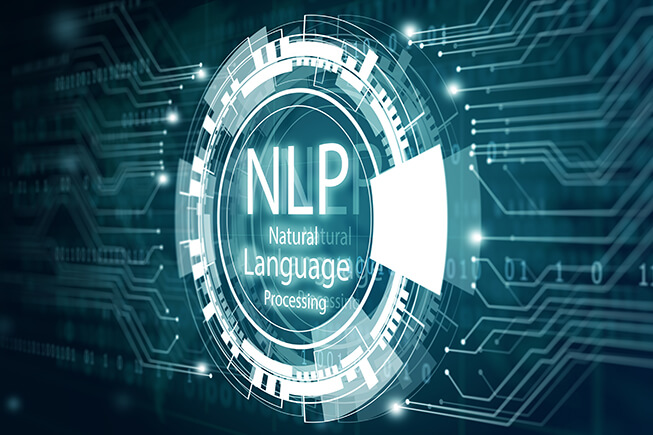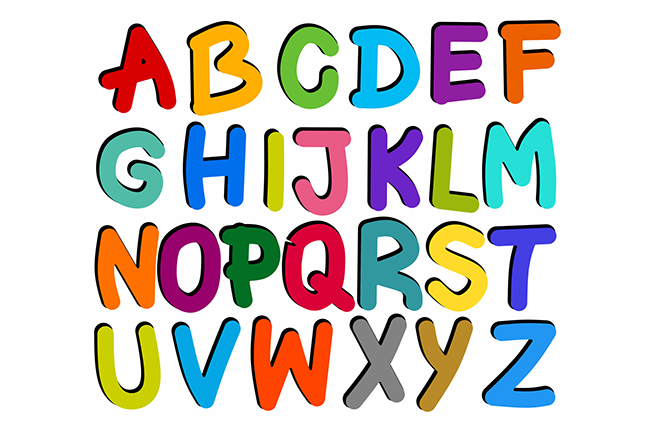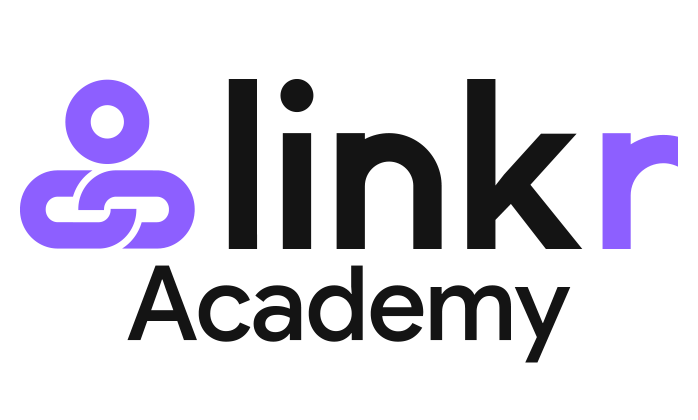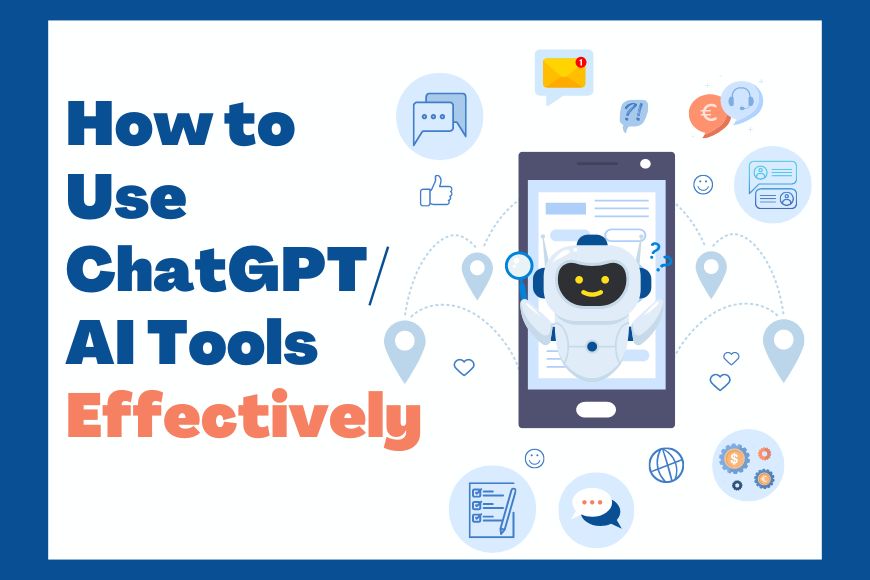How to Use ChatGPT/AI Tools Effectively: 13 Tips with Examples
Chatbots and AI tools like ChatGPT have become increasingly sophisticated and capable of assisting with a wide range of everyday tasks. However, to get the most out of these technologies and avoid frustration, it is important to understand how to use them effectively.
By following some best practices, you can have more natural and productive conversations with AI assistants.
1. Ask clear and concise questions

When interacting with an AI system, be as clear and concise as possible in your requests and questions.
Avoid ambiguity, vagueness, or unnecessary details that could confuse the bot. Get straight to the point so it can provide an accurate and relevant response.
- Good Example: “What are the steps to make a Chocolate cake?”
- Bad Example: “Tell me something about baking”
Another example:
- Good Example: “What is the population of China?”
- Bad Example: “I was wondering if you could tell me how many people living in China, if it’s not too much trouble.”
2. Use proper grammar and spelling

Correct grammar and spelling improve the model’s ability to understand your question and provide a clear response.
- Good Example: “What is the capital of France?”
- Bad Example: “waht is captl of frensh?”
3. Use natural language

Speak to ChatGPT or other AI tools using natural language, similar to how you would communicate with another person. This will assist the model in understanding your question and giving relevant answers.
- Good Example: “Please recommend 5 good China restaurants in the area of 123 Main Street, Miami, Florida?”
- Bad Example: “Provide a list of China eateries within close proximity.”
5. Use correct capitalization

Begin sentences and proper nouns with capital letters to help ChatGPT/similar AI tools comprehend the structure of your input.
- Good Example: “Who painted the Mona Lisa?”
- Bad Example: “who painted the mona lisa?”
6. Check ChatGPT’s understanding
If you’re unsure whether ChatGPT understands your command, request clarification.
- Good Example: “Act as a fiction writer with 3 years experience, if you can understand, reply “Yes” “
- Bad Example: “Write a scary story that matches my style ”
7. Provide context

If your question is related to a specific topic or circumstance, provide context to help the model comprehend what you’re seeking.
- Good Example: “What are the best places to visit in Thailand for first-time visitors?”
- Bad Example: “What are the best tourist attractions in Thailand?”
8. Provide feedback

You may give feedback to assist ChatGPT/AI tools in improving their responses in the future if you believe their answer is incorrect or could be improved.
- Good Example: “Thanks for answering my question, but I don’t like the answers, give me more information about the history of the Eiffel Tower.”
- Bad Example: N/A
9. Don’t overuse AI tools
While it can be a valuable tool, it’s crucial to use it responsibly and conduct your own research.
- Good Example: “What is the definition of biodiversity?”
- Bad Example: “What is biodiversity? And what about conservation biology? And what are the most pressing environmental issues we’re facing right now?”
10. Be respectful
ChatGPT is intended to answer a broad range of questions, but it may not always be able to provide a helpful response. Please be respectful and avoid using inappropriate language if you receive an unsatisfactory answer.
- Good Example: “I’m sorry, but that answer didn’t help me. Could you provide more information?”
- Bad Example: “That’s a stupid answer. Why bother answering at all?”
11. Request Information

Use phrases like “Tell me about,” “What are the,” or “Can you give me information on” to request information on a specific topic.
- Good Example: “Can you give me information on the benefits of meditation?”
- Bad Example: “What is meditation?”
12. Check the model’s knowledge cutoff
Keep in mind that the model’s training data only goes up until 2021, and it may not have the most up-to-date information on current events or recent developments in certain fields.
- Good Example: “What were the main events of World War II?”
- Bad Example: “What are the latest updates on the Silicon Valley Bank going bust?”
13. Rephrase questions
If you don’t get the response you want, try rephrasing your question or providing additional information.
- Good Example: “Can you list all the benefits of Linkr? Linkr is an all-in-one monetization platform for creators, with features including Link in Bio, Posts, Creator Store, and Fan Club ”
- Bad Example: “List all the benefits of Linkr”
Conclusion
While chatbots and AI tools have advanced capabilities, they still require a human touch. With time and use, these technologies will continue to get smarter and more capable, but your guidance and understanding will always be needed.
Related Sources:
Top 10 AI Writing Tools for Content Creators(Personally Picked)
How to Use ChatGPT to Improve Your Content Creation
Top 10 AI Video Generators for Creating Professional-Quality Videos with Ease




